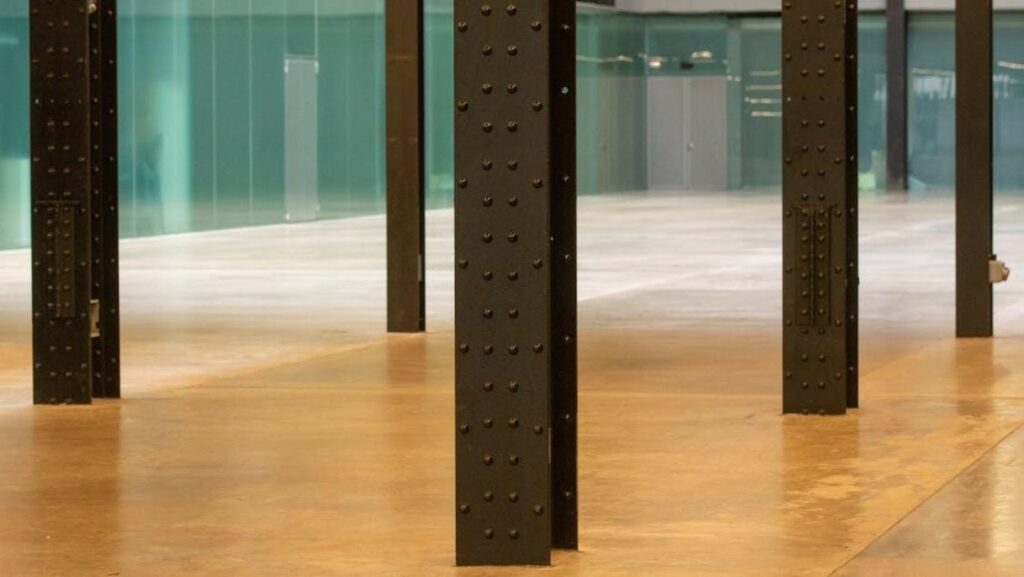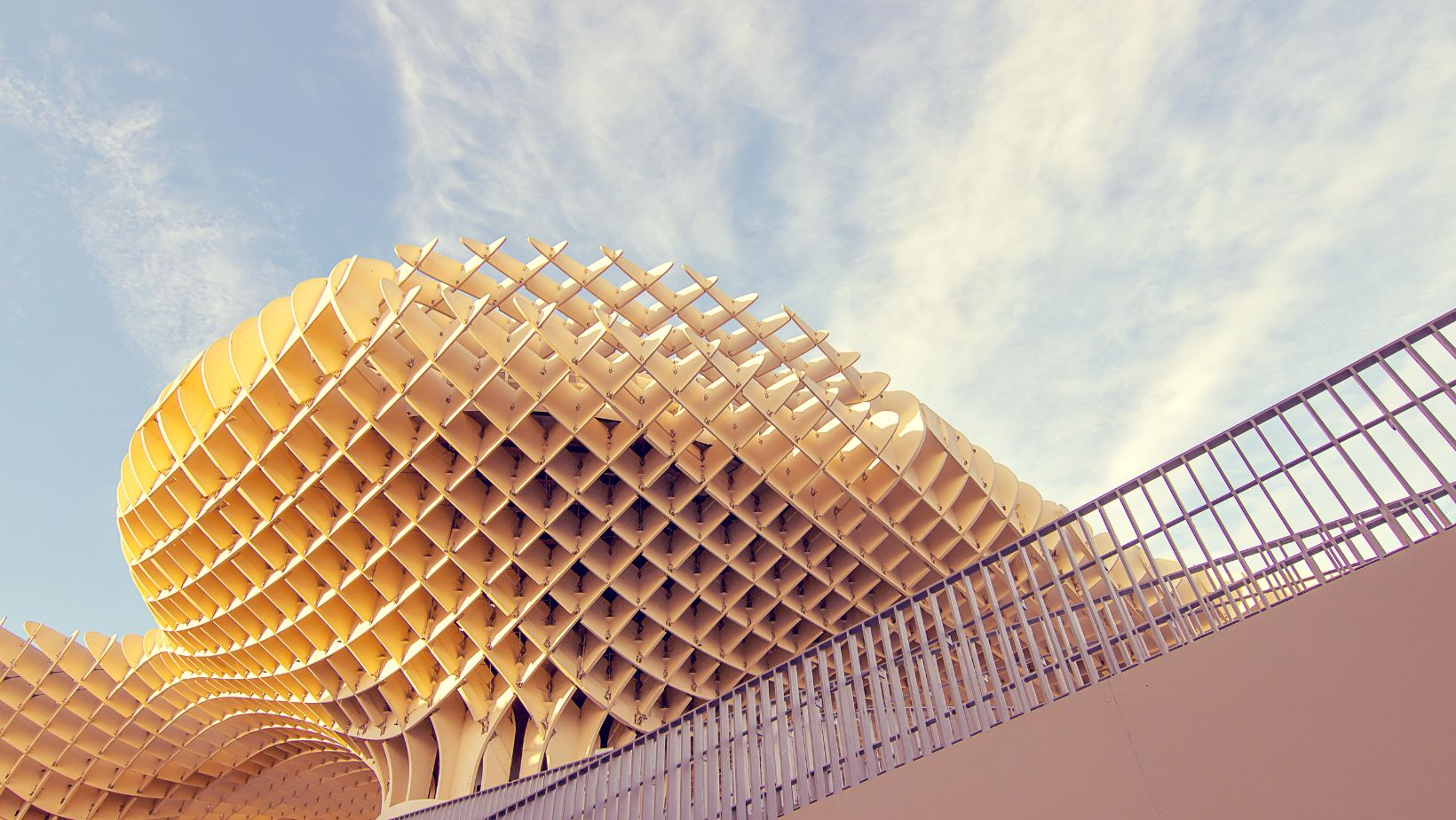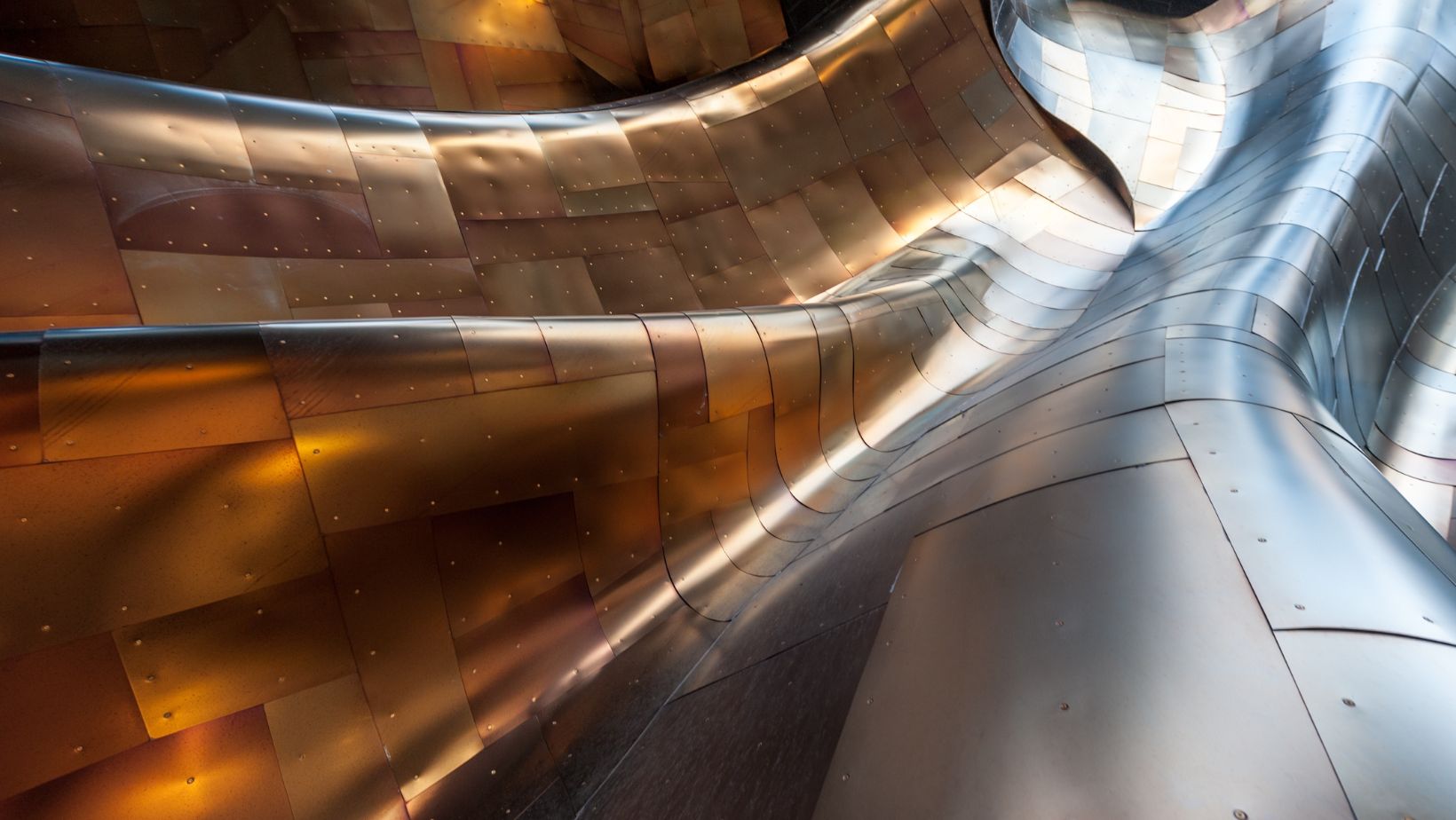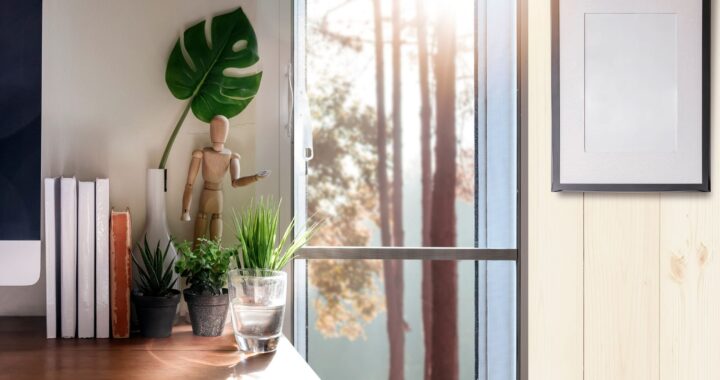Essential Tips for Transforming Metal Buildings into Functional Spaces

Transforming metal buildings into functional spaces is a trend that’s gaining momentum, and I can’t help but be excited about the possibilities. These structures, once seen as purely utilitarian, are now being reimagined into versatile spaces that suit a variety of needs. Whether you’re considering turning a metal building into a cozy home office, a vibrant studio, or a bustling workshop, the potential is vast.
I’ve seen firsthand how a few strategic changes can breathe new life into these sturdy structures. With the right approach, you can maximize both functionality and aesthetics, creating a space that’s not only practical but also inviting. From insulation and lighting to layout and decor, each element plays a crucial role in the transformation process. Let’s explore some essential tips to help you unlock the full potential of your metal building and turn it into a space that truly works for you.
Understanding Metal Buildings
Metal buildings offer versatility and durability, making them an ideal choice for various applications. To transform these structures into functional spaces, it’s essential to recognize their inherent benefits and potential uses.
Benefits of Metal Buildings
Metal buildings provide numerous advantages over traditional materials. Durability stands out as they resist rust, termites, and warping. These structures are also cost-effective due to their prefabrication nature, which reduces labor and material expenses. Energy efficiency is another key benefit, as metal reflects heat and can integrate with insulation systems, like those found in a guide to insulating metal buildings. Lastly, adaptability ensures that owners can customize them to meet specific needs, whether for residential, commercial, or industrial purposes.
Common Uses for Metal Buildings
Metal buildings serve a wide range of functions beyond typical perceptions. They are popular choices for home offices, providing quiet, personalized workspaces. Artists often convert them into studios where natural light and open space facilitate creativity. Workshops benefit from the robust structure, offering secure storage and room for tools and equipment. 
Planning Your Transformation
Transforming metal buildings into functional spaces requires careful planning to meet both practical and aesthetic goals. Consider several key areas to effectively manage your transformation.
Identifying Your Needs
Determine what the space needs by defining its primary function. Whether it’s a home office, workshop, or studio, understanding the intended use helps in decision-making for layout and furnishings. Envision daily activities and necessary equipment, then list all requirements. For instance, a home office might need electrical outlets for computers, while a workshop necessitates ample storage for tools. Identify any special considerations, such as climate control, that align with your vision. A guide to insulating metal buildings could be useful if temperature management is critical.
Setting a Budget
Establish a budget to allocate resources efficiently. Consider costs for materials, labor, and potential permits. Research average prices for insulation, drywall, and flooring to form an initial estimate. If hiring professionals, labor costs vary based on region and project complexity. Identify potential high-cost areas, like custom installations or premium finishes, and explore practical alternatives. A well-planned budget ensures costs remain manageable and the transformation aligns with your financial goals. Prioritize spending by assessing which features deliver the greatest return on investment.
Design Considerations
Transforming metal buildings into functional spaces requires careful planning to ensure aesthetics and usability. Choosing the right design elements can significantly impact the space’s practicality.
Insulation and Climate Control
Effective insulation is crucial to maintain a comfortable environment within metal buildings. For a comprehensive guide to insulating metal buildings, consider materials like spray foam, fiberglass, and rigid board; they help control temperature and reduce energy consumption. If the building is subject to extreme weather, incorporating HVAC systems can further regulate indoor climate. Attention to proper sealing around doors and windows prevents drafts and moisture ingress, enhancing energy efficiency.
Interior Layout and Space Utilization
A well-thought-out interior layout optimizes space and improves functionality. Identify the primary purpose first, then allocate areas for specific activities. For instance, in studios or workshops, prioritize open layouts to accommodate large equipment. Consider multi-functional furniture to maximize limited space in home offices. Access to natural light can also make environments more inviting, so incorporate strategically placed windows. Efficient storage solutions, like shelving and modular units, declutter and organize the space, making it more conducive to productivity.
Essential Renovation Tips
Transforming metal buildings into functional spaces involves careful planning and execution. Key renovation aspects include flooring, finishing, lighting, and electrical systems.
Flooring and Finishing Options
Selecting the right flooring improves both aesthetics and functionality. For durability and style, consider polished concrete or epoxy coatings. These materials resist wear and offer sleek finishes, making them ideal for workshops or studios. In spaces requiring warmth, use laminate or vinyl planks which install easily over concrete slabs. Opt for carpeting in areas intended for comfort, like home offices, as it adds warmth and sound insulation. Ensure all finishing materials are moisture-resistant to prevent damage and increase longevity.
Lighting and Electrical Considerations
Proper lighting illuminates functional spaces and sets the mood. Use LED lights for energy efficiency and longevity. Adjustable fixtures provide flexibility for different tasks and ambiance requirements. Plan electrical layouts to support necessary equipment, ensuring outlets are strategically placed for usability. Consider smart controls to manage lighting settings and reduce energy consumption. Electrical systems should accommodate future expansions, avoiding rewiring complications and allowing seamless integration of additional features.
Decorating and Personalizing the Space
Transforming a metal building into a functional area requires attention to decor. Choices in furniture and fixtures set the foundation for a personalized space.
Furniture and Fixtures
Choosing furniture and fixtures impacts a metal building’s functionality. For a versatile setup, opt for modular furniture. Items like adjustable desks and foldable chairs allow flexibility, making it easy to reconfigure the space as needed. In fixtures, consider combining overhead lighting and task-specific lamps to ensure well-lit spaces. Opt for pendant lights for areas requiring a focal point, while track lighting is great for adjustable illumination. 
Incorporating Personal Style
Personalizing a metal building means reflecting individual tastes in design elements. Begin by selecting a color palette that complements the intended use of the space. For a calming effect, neutral tones like beige or gray work well, while bold colors like yellow or red energize creative areas. Decor elements like artwork and textiles add personality. Choose items that resonate with personal style, ensuring they suit the space’s size and purpose. Incorporate textiles like rugs or wall hangings to enhance warmth and texture, making the metal structure feel inviting.
Ensuring Structural Integrity
Transforming metal buildings requires a focus on maintaining their structural integrity. It’s crucial to ensure these buildings remain safe, functional, and durable throughout the conversion process.
Regular Maintenance Tips
Proper maintenance extends the life of metal buildings. I inspect roofs and walls for rust or corrosion, addressing any signs immediately to prevent further damage. Bolts and fasteners must be checked for tightness, reinforcing any loose elements. Regularly cleaning gutters and downspouts removes debris and prevents water accumulation, which could lead to structural issues. Painting or coating exposed metal surfaces enhances resistance to weather and environmental factors. These maintenance tasks not only preserve the structure but also support energy efficiency.
Addressing Common Issues
Common issues in metal buildings include leaks and insulation breakdowns. To tackle leaks, I examine seals around windows, doors, and roof edges, resealing them with appropriate materials if needed. Moisture problems can also arise from poor insulation; hence, using quality materials from a guide to insulating metal buildings is essential. Proper drainage around the building prevents water accumulation, which could compromise structural stability. Addressing these issues early keeps the building safe and functional for its intended purpose.

 Boost Productivity: The Most Plants to Elevate Your Home Office Space
Boost Productivity: The Most Plants to Elevate Your Home Office Space  Transform Your Living Room Into a Luxurious Home Theatre on a Budget
Transform Your Living Room Into a Luxurious Home Theatre on a Budget  How to Get More Comments on Instagram
How to Get More Comments on Instagram